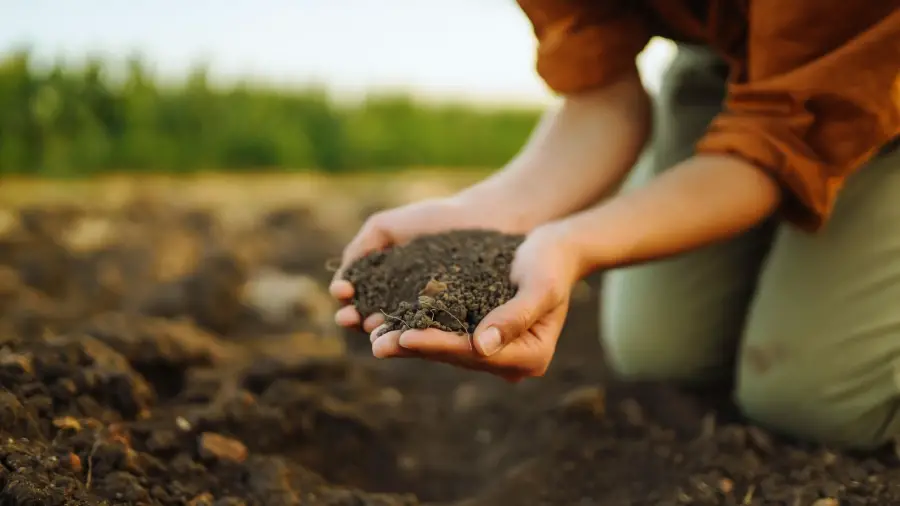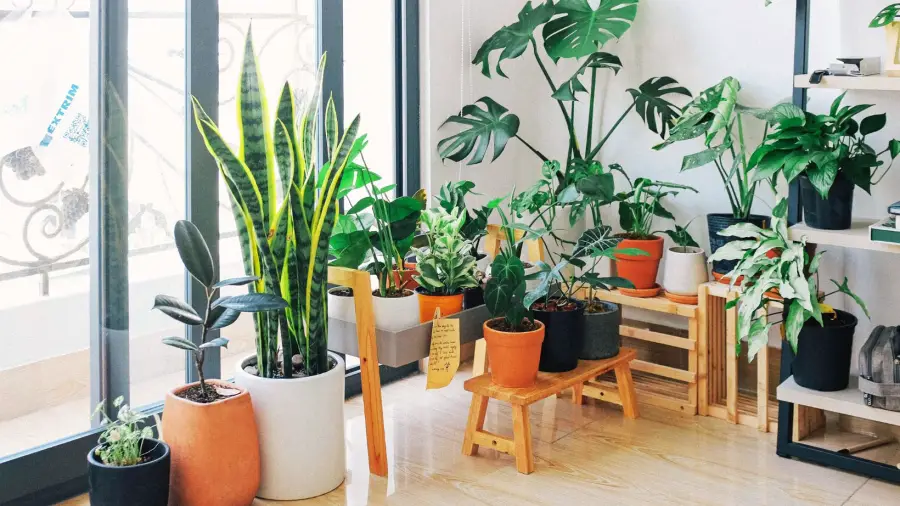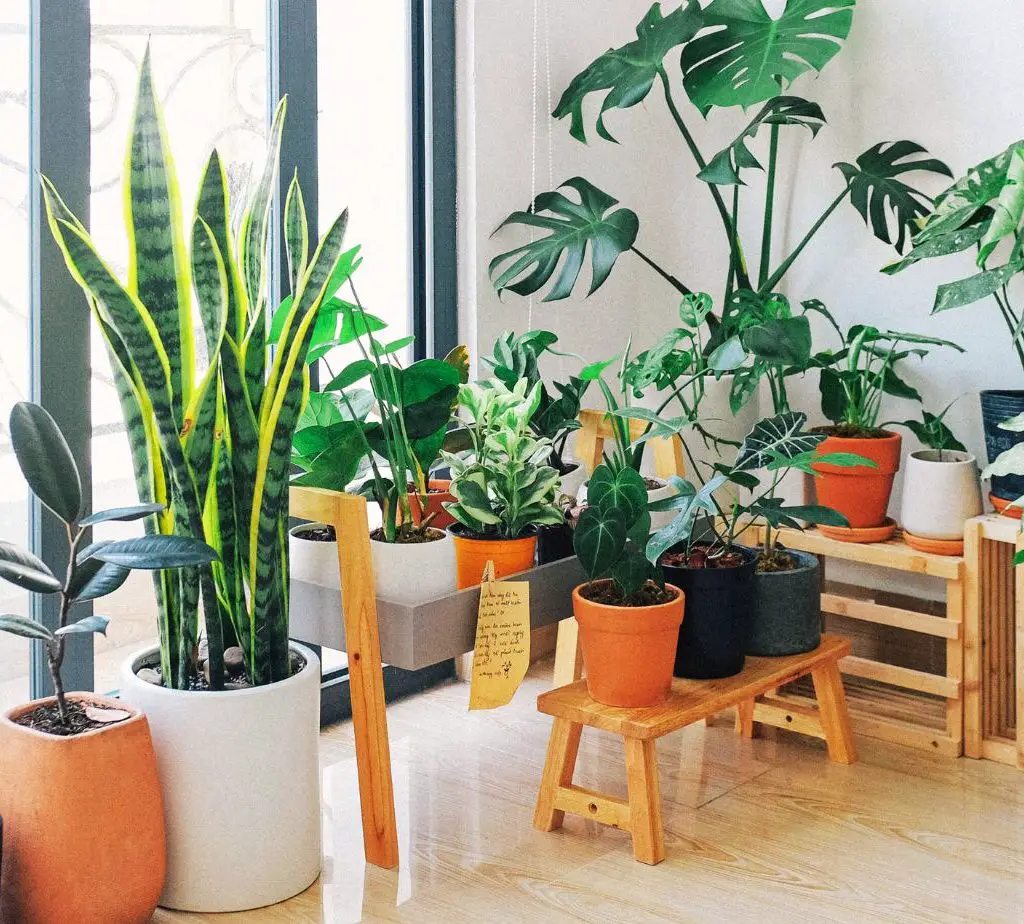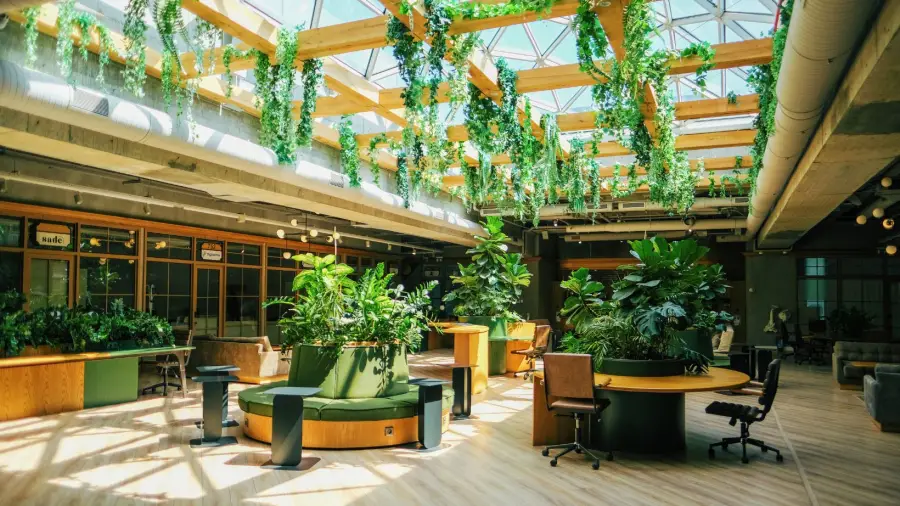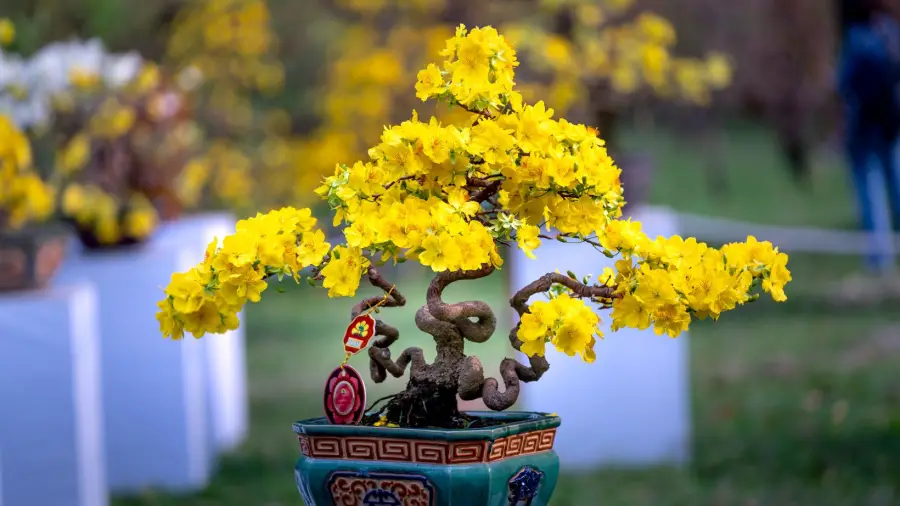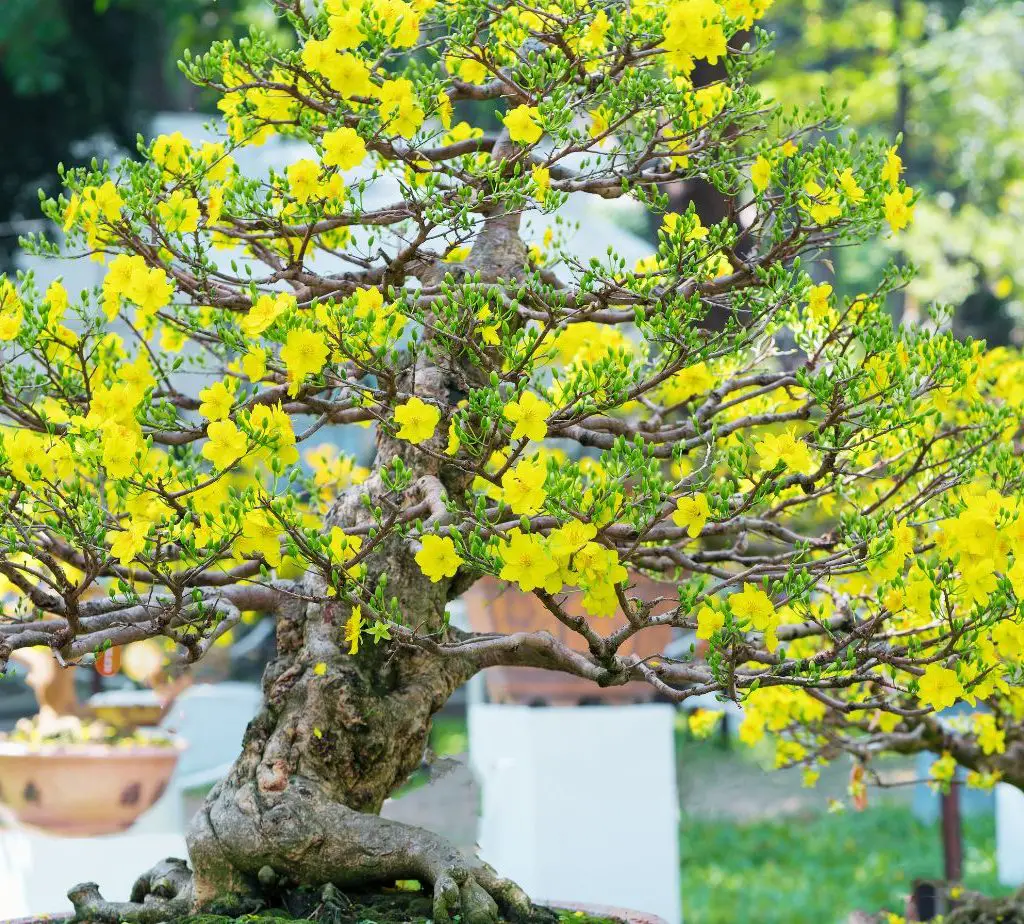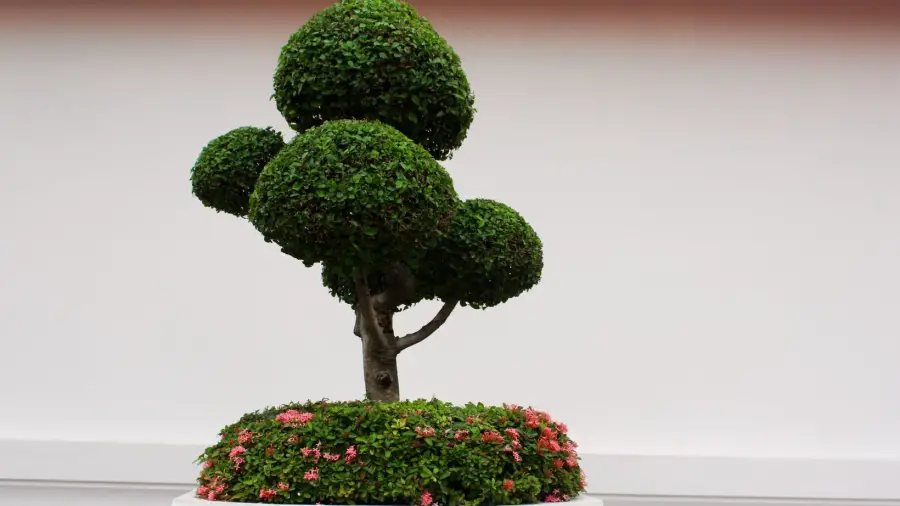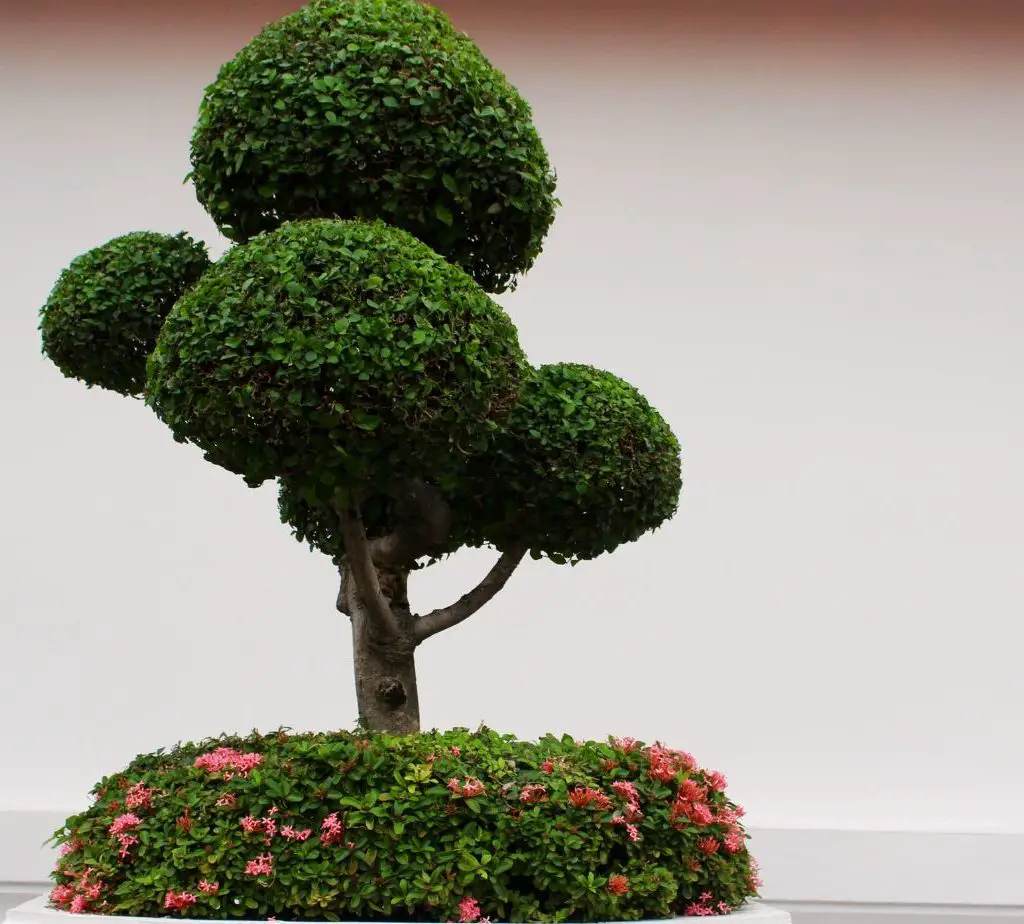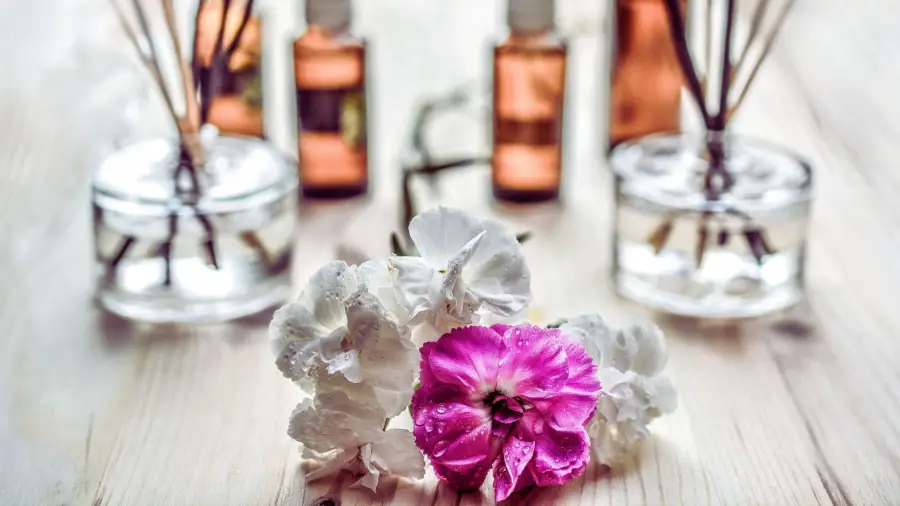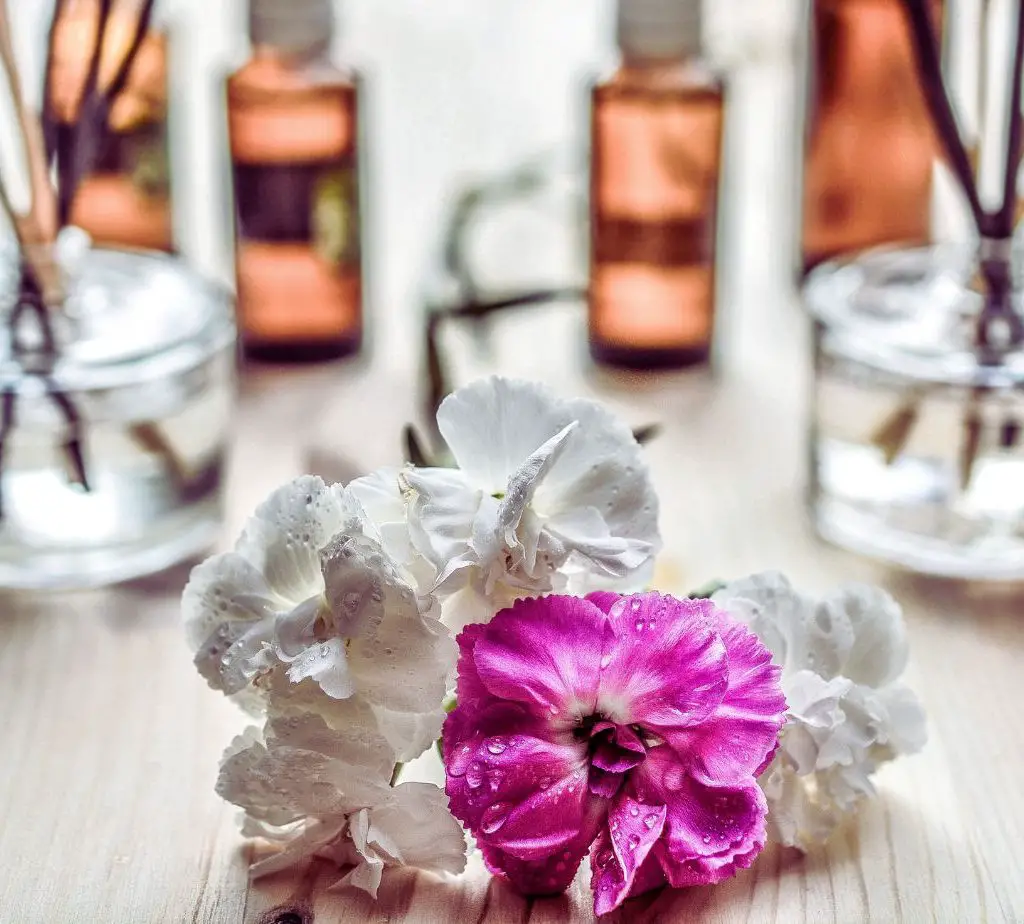The best soil for bonsai trees offers excellent drainage and aeration, typically a mix of akadama, pumice, and lava rock. This combination ensures roots remain healthy and supports optimal growth.
Creating the ideal environment for bonsai trees to thrive depends largely on the soil used. Bonsai enthusiasts often favor a specialized blend that balances moisture retention with proper aeration, crucial for the miniature trees’ delicate roots. Akadama, a hard-baked Japanese clay, serves as the core component, revered for its water retention yet allowing excess to drain away, preventing root rot.

Pumice adds to the mix’s porous nature, encouraging air flow to roots, and lava rock contributes to the structural integrity, promoting drainage. Selecting this trifecta of components can greatly impact the bonsai’s health and aesthetics, making soil choice a paramount decision for both novice and seasoned bonsai growers. With care and the right soil conditions, a bonsai tree can become a living sculpture, symbolizing harmony and patience.
Table of Contents
Understanding The Needs Of Bonsai Trees
Cultivating a bonsai tree is a form of art that requires patience, precision, and a deep understanding of the plant’s needs. Bonsai trees, with their majestic miniature stature, mirror the beauty of nature on a diminutive scale. To ensure these intricate plants thrive, it is essential to replicate their natural habitat as much as possible, which includes providing the right soil composition. The balance of nutrients, aeration, and moisture retention are key factors affecting the health and growth of these delicate trees.
Climate And Location Considerations
Bonsai trees are susceptible to changes in their environment. Selecting the appropriate soil is crucial and must take into account the specific climate and location where the bonsai will reside. Here are critical aspects to consider:
- Temperature ranges: Some soils can moderate the root temperature better than others.
- Humidity levels: Depending on the local humidity, your soil mix might require better moisture retention or drainage.
- Wind exposure: In areas with strong winds, a heavier or more stable soil mix can prevent tipping and undue stress on the bonsai.
Remember that bonsais kept indoors may have different soil requirements than those placed outdoors due to controlled climates.
The Importance Of Soil For Bonsai Health
The soil is not just a medium for keeping your bonsai in place; it plays a critical role in the overall health and longevity of the tree. Proper bonsai soil must meet several criteria to be considered suitable:
- Drainage: It should allow excess water to drain quickly to prevent root rot.
- Aeration: Soil should be loose enough to allow air to reach the roots.
- Water retention: Despite needing good drainage, bonsai soil must hold sufficient moisture to sustain the tree between watering.
- Nutrient content: Though low in organic material, bonsai soil should still offer essential nutrients or at least retain fertilizer for effective uptake by the roots.
A well-balanced soil mixture can be the difference between a thriving bonsai and one that struggles to survive. Selecting or creating the ideal substrate is a cornerstone of bonsai care.
Components Of Best Soil For Bonsai Trees
The quest for the perfect bonsai soil blend is an integral part of cultivating thriving bonsai trees. Different species require unique soil characteristics, but certain universal components are critical for optimal growth. Understanding these elements ensures your bonsai not only survives but flourishes with vigor and beauty.
Proper Balance Of Drainage And Moisture Retention
Striking the right balance between drainage and moisture retention is crucial for the health of bonsai roots. A soil that drains well prevents waterlogging and root rot, yet retains enough moisture to keep the tree hydrated between waterings.
- Akadama: A naturally occurring, clay-like mineral that provides both excellent drainage and moisture retention capabilities.
- Pumice: Increases aeration, aiding in drainage while also holding moisture and nutrients.
- Lava Rock: Ensures optimal drainage and improves soil structure for stronger root development.
Organic Vs. Inorganic Materials
Soil composition often includes both organic and inorganic materials. Organic components, such as pine bark or compost, enrich the soil with nutrients, while inorganic substances provide structural support and improve aeration.
| Material Type | Benefits |
|---|---|
| Organic | Improves nutrient content, supports microbial life. |
| Inorganic | Enhances drainage, reduces soil compaction. |
Ideal Ph Levels For Bonsai Soil
The pH level of bonsai soil affects nutrient availability and uptake. Most bonsai trees thrive in a slightly acidic to neutral pH range (pH 6.0 to 7.5). Using pH testing kits to monitor and adjust soil acidity is essential for maintaining soil health.
Components such as Kanuma are often added to the soil mix for species like Azaleas that prefer a more acidic environment, ensuring your tree has the perfect pH balance for its needs.
Popular Soil Mixtures For Bonsai Trees
Every bonsai enthusiast knows that selecting the right soil is critical for the health and growth of their miniature trees. Bonsai trees thrive in a specific balance of moisture, aeration, and nutrients. The perfect soil mixture can make all the difference. Hence, understanding the components and benefits of the popular soil mixtures is vital for any bonsai tree caretaker.
Akadama, Pumice, And Lava Rock Blend
This classic blend is often revered as the gold standard for many bonsai practitioners. Akadama, a naturally occurring, granular clay soil from Japan, provides excellent water retention and drainage. When combined with pumice and lava rock, the result is a well-draining mix that also aids in root growth and structure.
- Akadama: Rich in minerals, it retains water and nutrients effectively.
- Pumice: Ensures good aeration and water drainage.
- Lava Rock: Adds structure and porosity to the mix.
Pine Bark And Perlite Mix
Another popular mixture is the blend of pine bark and perlite. Pine bark adds an organic component that helps to retain moisture and provides a slow release of nutrients. Perlite, a form of volcanic glass, enhances the mix’s drainage capabilities and aeration.
- Pine Bark: Improves moisture retention and adds organic matter.
- Perlite: Increases aeration and improves drainage.
Benefits And Drawbacks Of Each Mixture
| Soil Mixture | Benefits | Drawbacks |
|---|---|---|
| Akadama, Pumice, and Lava Rock |
|
|
| Pine Bark and Perlite |
|
|
Diy Bonsai Soil Mix Recipes
Bonsai enthusiasts know that the secret to a thriving miniature tree lies in its foundation – the soil. Crafting the perfect DIY bonsai soil mix can be likened to creating a gourmet meal for your plant. It’s all about the balance of ingredients to ensure your bonsai receives just the right amount of water, nutrients, and airflow. Let’s delve into the art of mixing your own bonsai soil, and unlock the full potential of your tiny trees.
Creating A Personalized Bonsai Soil Mix
Bonsai trees are diverse, and so are their soil needs. Personalizing your mix is crucial for catering to the specific requirements of your bonsai species. Here’s a simple guide to get you started:
- Akadama: This hard-baked Japanese clay is a popular choice for its ability to retain water and nutrients while providing structure.
- Pumice: For drainage and aeration, pumice is your go-to component.
- Lava rock: To further improve drainage and add texture, include lava rock in your mix.
- Fine gravel: Promotes root health by ensuring excess water doesn’t linger.
Blend these components in varying ratios to suit your bonsai. A typical mix might include 40% akadama, 30% pumice, and 30% lava rock. Some artists also add a portion of organic matter like compost or pine bark fines for added nutrients.
Essential Tools For Mixing Bonsai Soil
Prepare for perfection with the right tools. Here’s what you’ll need:
| Tool | Function |
|---|---|
| Sieve Set | To separate and grade soil particles by size. |
| Mixing Tub or Wheelbarrow | For combining ingredients. |
| Trowel or Spade | For transferring soil and scooping. |
| Gloves | To protect your hands during the mixing process. |
| Measuring Container | For precise ingredient ratios. |
Tips For Testing And Adjusting Soil Mixtures
Testing and refining your bonsai soil mixture is a continuous process. Follow these tips:
- Moisture retention: Test how well the soil holds water by watering it and observing the drainage.
- Particle size: Ensure the mix is sifted to remove dust that can impede drainage.
- Root growth: Monitor how the roots of your bonsai respond over time. Adjust the soil composition if the roots seem hindered or if they rot.
- Seasonal adjustments: Your mixture may need changes based on the season. Winter might require better drainage, while summer could call for more water retention.
Note: Always observe your bonsai’s health after introducing it to a new soil mix and be ready to make modifications for optimal growth.
Maintaining Bonsai Soil Health
Maintaining bonsai soil health is crucial for the longevity and aesthetic appeal of these miniature trees. Bonsai trees need a delicate balance of water, air, and nutrients, all of which are mediated by the soil they grow in. Like any living environment, the soil must be carefully managed to support the vibrant life of a bonsai. Let’s delve into the intricacies of keeping your bonsai thriving with optimal soil health.
Understanding When To Repot Bonsai Trees
Recognizing the right time to repot is essential for maintaining healthy soil conditions. Bonsai trees typically require repotting every two to five years, depending on their growth rate and species. Some clear signs that it’s time to repot include:
- Roots circling the bottom of the pot
- Slower growth despite proper care
- Soil that dries out too rapidly or appears degraded
Repotting during the tree’s dormant season, usually late winter or early spring, helps minimize stress and encourages successful root regeneration in the new soil.
Proper Watering Techniques For Bonsai Soil
Watering your bonsai is not just about frequency but also technique. To maintain soil health, it’s vital to:
- Ensure even moisture throughout the soil
- Use soft, tepid water to prevent shock and salt buildup
- Avoid letting the soil dry out completely or become waterlogged
Checking the top inch of the soil for dryness can be a good indicator of when to water. Additionally, using a watering can with a fine nozzle helps distribute water gently and evenly.
Addressing Soil Compaction And Nutrient Deficiency
Over time, soil can become compacted, which limits the airflow and inhibits root growth. Regularly loosening the soil surface and ensuring that the soil mix has the right proportion of coarse particles can alleviate compaction. Meanwhile, nutrient deficiencies in bonsai soil can lead to poor foliage and overall health. Using a balanced fertilizer and incorporating organic matter into the soil can replenish essential nutrients. Be mindful of the following:
| Nutrient | Sign of Deficiency |
|---|---|
| Nitrogen | Yellowing leaves |
| Phosphorus | Stunted growth, dark green leaves |
| Potassium | Brown edges on leaves |
Correct diagnosis and remediation of soil issues ensure that your bonsai remains a vibrant, living sculpture for years to come.
Frequently Asked Questions For Best Soil For Bonsai Trees
What Is The Ideal Soil For Bonsai Trees?
The ideal bonsai soil should offer good drainage, aeration, and proper nutrient retention. It often includes a mix of akadama, pumice, and lava rock.
Can I Use Regular Potting Soil For Bonsai?
Regular potting soil is not recommended for bonsai as it lacks proper drainage and aeration. Specialized bonsai mixes are formulated to meet these specific needs.
How Often Should Bonsai Soil Be Replaced?
Bonsai soil should be replaced every one to three years. The exact timing depends on the tree species, soil composition, and the pot’s size.
Does Bonsai Soil Vary For Different Tree Species?
Yes, bonsai soil can vary. Different tree species might require more drainage or water retention. Customize the soil mix based on the specific needs of your bonsai.
Conclusion
Choosing the right soil is pivotal for your bonsai’s health and beauty. Opt for a mix that ensures proper drainage, yet retains enough moisture. Whether you mix your own or buy pre-made, your bonsai trees will thrive with the correct soil choice.
Remember, nurturing these miniature marvels starts from the ground up!
(To learn more about Bonsai Health : https://bonsainurserybd.com/bonsai-health-diagnosing/ )
